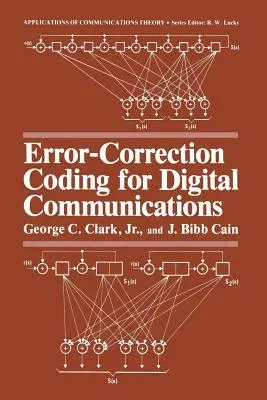George C Clark Jr
(Author)Error-Correction Coding for Digital Communications (Softcover Reprint of the Original 1st 1981)Paperback - Softcover Reprint of the Original 1st 1981, 27 May 2013

Qty
1
Turbo
Ships in 2 - 3 days
In Stock
Free Delivery
Cash on Delivery
15 Days
Free Returns
Secure Checkout
Part of Series
Applications of Communications Theory
Print Length
422 pages
Language
English
Publisher
Springer
Date Published
27 May 2013
ISBN-10
1489921761
ISBN-13
9781489921765
Description
Product Details
Authors:
Book Edition:
Softcover Reprint of the Original 1st 1981
Book Format:
Paperback
Country of Origin:
NL
Date Published:
27 May 2013
Dimensions:
23.39 x
15.6 x
2.26 cm
ISBN-10:
1489921761
ISBN-13:
9781489921765
Language:
English
Location:
New York, NY
Pages:
422
Publisher:
Weight:
612.35 gm

